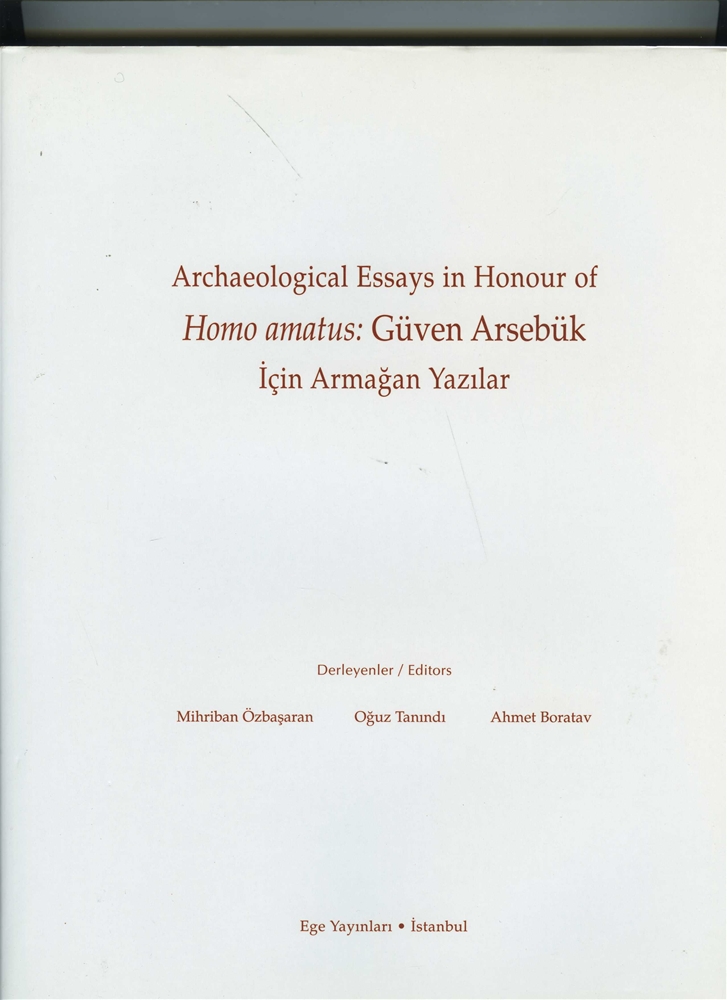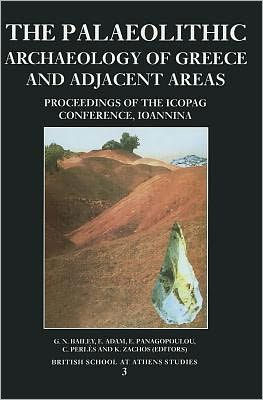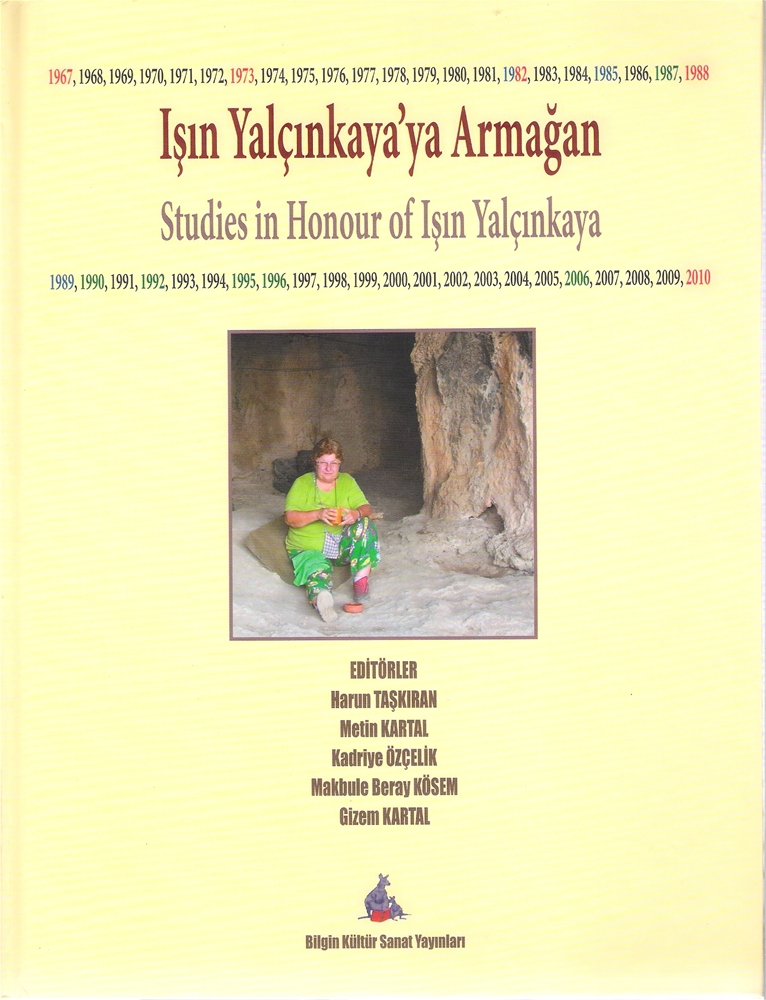Paleolithic Period in Anatolia
The longest of the cultural periods temporally spans from the beginning of documented human activity through to 12,000BP. What we know from this age is that humans were using tools chipped from pebbles, flint, animal bones, wood, and any other potential material, while finding shelter in caves and other rock shelters as 'extended families-groups'. As hunter-gathers, they did not use any farming nor food cultivation techniques. Fire was being used to manipulate raw foods in cooking and heating, and also served as protection from predatory wildlife. The Palaeolithic age is categorised into three sub periods: Lower, Middle and Upper. The Epipalaeolithic phase relates to the start of human manipulation and control over nature, just before the advent of food cultivation.
Dursunlu, near Konya Akşehir in Central Anatolia is the oldest Lower Paleolithic site in Anatolia providing a date in nearly 1 million years BP. In the Marmara Region the most significant Paleolithic site is Yarımburgaz cave where excavations have also been carried out. It consists of two cavities called lower and upper caves.The first place that comes to mind, when the subject is Paleolithic of Anatolia, is Karain Cave. Karain Cave plays a crucial role in the establishment of the Paleolithic chronology of Anatolia. This cave provides a cultural sequence of Lower, Middle, Upper and Epipaleolithic Ages that appear in deposits of a thickness for nearly 11. Üçağızlı Cave is the best site reflecting Upper Paleolithic Period in Anatolia. Located in the borders of Hatay Province in Southern Anatolia, the cave lies near the sea with an altitude of 18 m. The only place providing all stages of Anatolian Epipaleolithic Chronology is Öküzini Cave. It is located 1, 5 km northeast of Karain Cave. Another Epipaleolithic settlement excavated recently is Direkli Cave located in the vicinity of Kahramanmaraş.
Reference: http://tayproject.org, Taşkıran, Harun. “The Paleolithic and Epi-paleolithic of Anatolia.” Der Anschnitt (Beiheft) 31,(2016): 125-134.
Books on Paleolithic Anatolia
-
 Alt ve orta paleolitik yontmataş endüstrileri biçimsel tipolojisi ve Karain mağarası
by
Call Number: GN434 .Y34 1989ISBN: 9751602084
Alt ve orta paleolitik yontmataş endüstrileri biçimsel tipolojisi ve Karain mağarası
by
Call Number: GN434 .Y34 1989ISBN: 9751602084 -
Culture and Biology at a Crossroads by
Call Number: DR701.Y37 C85 2010ISBN: 9786055607265Publication Date: 2010-12-31 -
 Archaeological essays in honour of homo amatus : Güven Arsebük için armağan yazılar
by
Call Number: GN855.T83 A73 2003ISBN: 9758070762
Archaeological essays in honour of homo amatus : Güven Arsebük için armağan yazılar
by
Call Number: GN855.T83 A73 2003ISBN: 9758070762 -
-
 TAY: Türkiye Arkeolojik Yerleşmeleri - 1 : Paleolotik, Epipaleolotik
Call Number: DR431 .T8732 1996ISBN: 9758070037
TAY: Türkiye Arkeolojik Yerleşmeleri - 1 : Paleolotik, Epipaleolotik
Call Number: DR431 .T8732 1996ISBN: 9758070037 -
 Between the Rivers and over the Mountains. Archaeologica Anatolica et Mesopotamica Alba Palmieri Dedicata
Call Number: DS155 .B48 1993
Between the Rivers and over the Mountains. Archaeologica Anatolica et Mesopotamica Alba Palmieri Dedicata
Call Number: DS155 .B48 1993 -
 The Palaeolithic Archaeology of Greece and Adjacent Areas. Proceedings of the ICOPAG Conference, Ioannina, September 1994
Call Number: GN772.22.G8 P353 1994ISBN: 0904887340
The Palaeolithic Archaeology of Greece and Adjacent Areas. Proceedings of the ICOPAG Conference, Ioannina, September 1994
Call Number: GN772.22.G8 P353 1994ISBN: 0904887340

